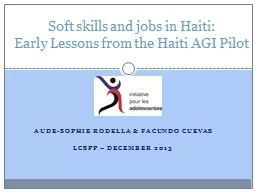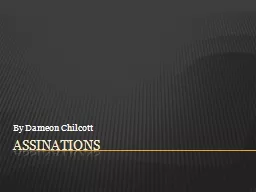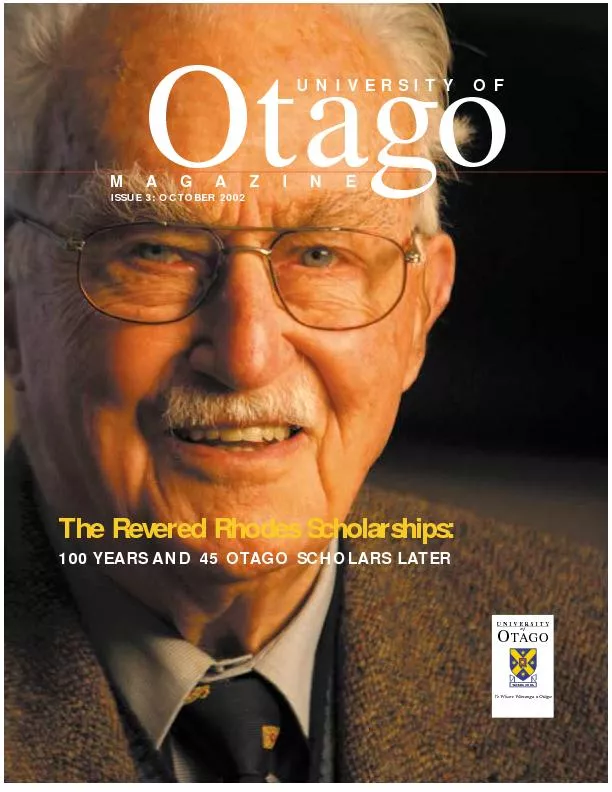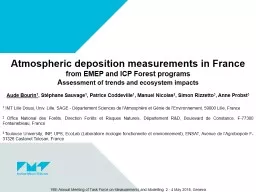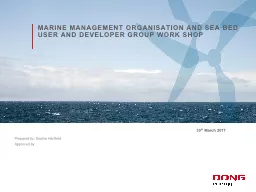PPT-Aude -Sophie Rodella &
Author : luanne-stotts | Published Date : 2018-10-06
Facundo Cuevas LCSPP December 2013 Soft skills and jobs in Haiti Early Lessons from the Haiti AGI Pilot Key Questions 1 Why work on soft skills in a lowskill
Presentation Embed Code
Download Presentation
Download Presentation The PPT/PDF document "Aude -Sophie Rodella &" is the property of its rightful owner. Permission is granted to download and print the materials on this website for personal, non-commercial use only, and to display it on your personal computer provided you do not modify the materials and that you retain all copyright notices contained in the materials. By downloading content from our website, you accept the terms of this agreement.
Aude -Sophie Rodella &: Transcript
Download Rules Of Document
"Aude -Sophie Rodella &"The content belongs to its owner. You may download and print it for personal use, without modification, and keep all copyright notices. By downloading, you agree to these terms.
Related Documents

